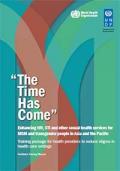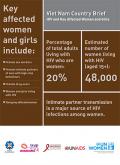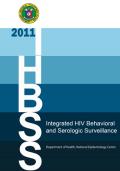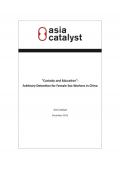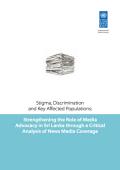Publications on Key Populations
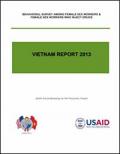
Resource | Publications,
In 2012, PSI/Vietnam conducted the third and final round of the Sex Workers (SW) and Sex Workers Who Inject Drugs (SW-IDU) Behavioral Survey, following previous rounds conducted in 2009 and 2011. The purpose of the survey was to inform and evaluate SW and SW-IDU programming.
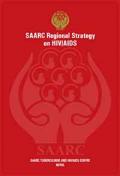
Resource | Publications,
The key commitment of the First SAARC Strategy was to urgently scale-up responses towards achieving the goal of universal access to comprehensive prevention, treatment, care and support by 2010. Though there have been significant improvements, these have not been uniform across all countries and there are pockets where HIV prevalence is on the increase. The current strategy is an effort to strengthen the regional responses based on lessons learned from the outcomes of the first SAARC Strategy on HIV/AIDS.
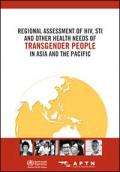
Regional Assessment of HIV, STI and Other Health Needs of Transgender People in Asia and the Pacific
Resource | Publications,
The objectives of this assessment report are (1) to examine the current state of evidence on transgender health in Asia and the Pacific, (2) to understand the current needs and concerns of transgender communities in Asia and the Pacific and, informed by objectives 1 and 2, (3) to make technical recommendations to WHO and Member States regarding transgender health.







